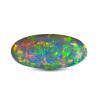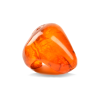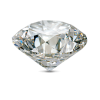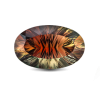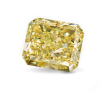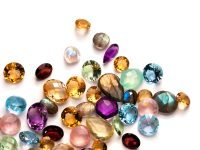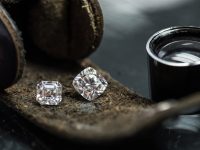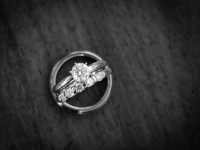Opal
Fireworks. Jellyfish. Galaxies. Lightning. Opal’s shifting play of kaleidoscopic colors is unlike any other gem.
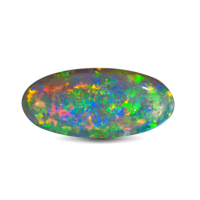
Opal Description
Opal is the product of seasonal rains that drenched dry ground in regions such as Australia’s semi-desert “outback.” The showers soaked deep into ancient underground rock, carrying dissolved silica (a compound of silicon and oxygen) downward.
During dry periods, much of the water evaporated, leaving solid deposits of silica in the cracks and between the layers of underground sedimentary rock. The silica deposits formed opal.
How Opal Forms
Opal is known for its unique display of flashing rainbow colors called play-of-color. There are two broad classes of opal: precious and common. Precious opal displays play-of-color, common opal does not.
Play-of-color occurs in precious opal because it’s made up of sub-microscopic spheres stacked in a grid-like pattern—like layers of Ping-Pong balls in a box.
Gemstone Details
- Mineral: Hydrated Silica
- Chemistry: SiO2•nH2O
- Color: All colors
- Refractive index: 1.37-1.47
- Birefringence: None
- Specific gravity: 2.15 (+0.08, -0.90)
- Mohs Hardness: 5 to 6.5
Birthstones and Anniversaries
Opal is a birthstone for October.
Opal Gemstone as rough
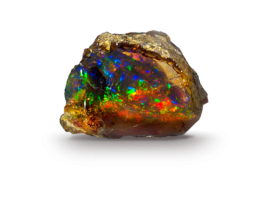
As the lightwaves travel between the spheres, the waves diffract, or bend. As they bend, they break up into the colors of the rainbow, called spectral colors. Play-of-color is the result.
The color you see varies with the sizes of the spheres. Spheres that are approximately 0.1 micron (one ten-millionth of a meter) in diameter produce violet. Spheres about 0.2 microns in size produce red. Sizes in between produce the remaining rainbow colors.
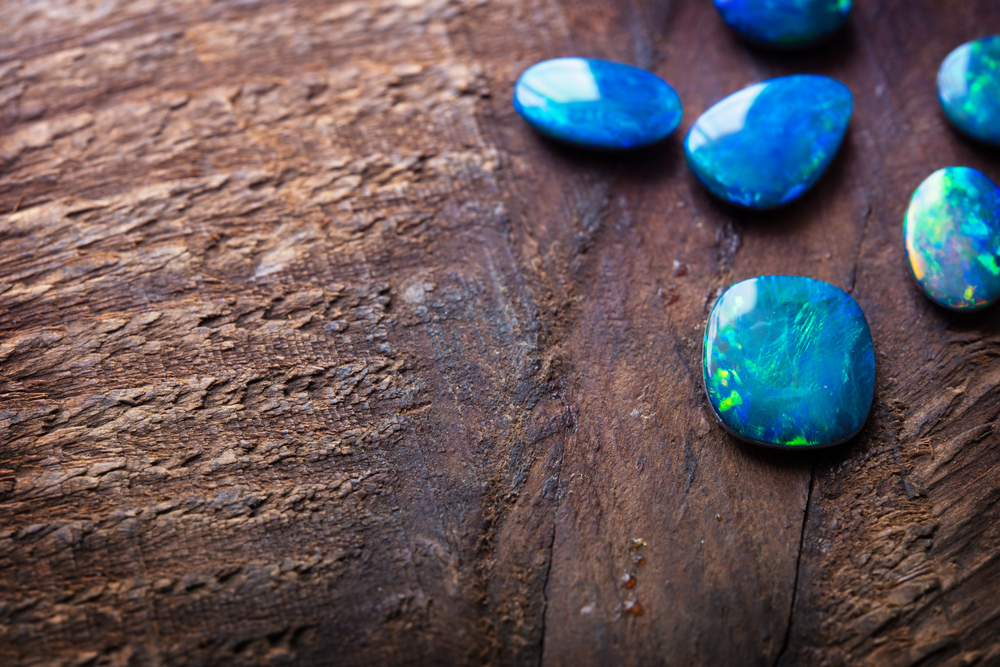
Although experts divide gem opals into many different categories, five of the main types are:
- White or light opal: Translucent to semitranslucent, with play-of-color against a white or light gray background color, called bodycolor.
- Black opal: Translucent to opaque, with play-of-color against a black or other dark background.
- Fire opal: Transparent to translucent, with brown, yellow, orange, or red bodycolor. This material—which often doesn’t show play-of-color—is also known as “Mexican opal.”
- Boulder opal: Translucent to opaque, with play-of-color against a light to dark background. Fragments of the surrounding rock, called matrix, become part of the finished gem.
- Crystal or water opal: Transparent to semitransparent, with a clear background. This type shows exceptional play-of-color.
Opal History and Lore
Writers have compared opals to volcanoes, galaxies, and fireworks. Admirers gave extraordinary opals poetic names like Pandora, Light of the World, and Empress. In ancient Rome, this gem symbolized love and hope. The Romans gave it a name—opalus—that was synonymous with “precious stone.”
In 75 AD, the Roman scholar Pliny observed, “Some opali carry such a play within them that they equal the deepest and richest colors of painters.
Others…simulate the flaming fire of burning sulphur and even the bright blaze of burning oil.” He marveled that this kaleidoscopic gem encompassed the red of ruby, the green of emerald, the yellow of topaz, the blue of sapphire, and the purple of amethyst.
Many cultures have credited opal with supernatural origins and powers. Arabic legends say it falls from the heavens in flashes of lightning.
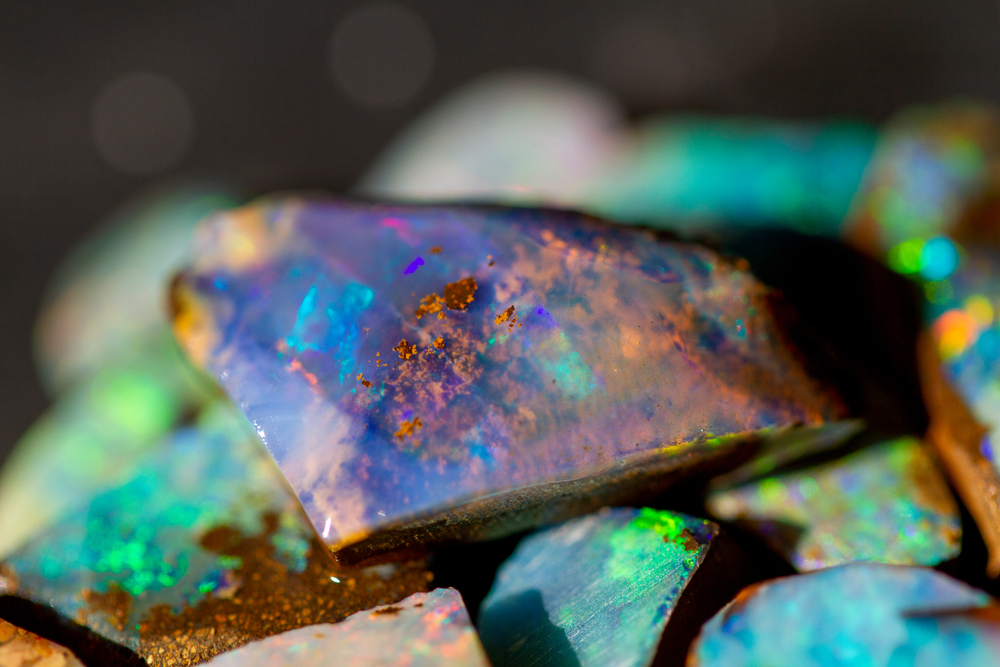
The ancient Greeks believed opals gave their owners the gift of prophecy and guarded them from disease. Europeans have long considered the gem a symbol of hope, purity, and truth.
Opal is considered an October birthstone. Some people think it’s unlucky for anyone born in another month to wear an opal. But that particular superstition comes from a novel written in the 1800s (Anne of Geierstein by Sir Walter Scott), and not from any ancient belief or experience. In fact, throughout most of history, opal has been regarded as the luckiest and most magical of all gems because it can show all colors. Once, it was thought to have the power to preserve the life and color of blond hair
Facts about Opal Gemstone
Formation
When opal formed, silica gel filled crevices in rock. As water evaporates, the silica is deposited in the form of tiny spheres.
INTERACTION WITH LIGHT
Opal’s flashing play-of-color is caused by diffraction of light by silica spheres stacked like tiny Ping-Pong balls in a box.
UNIQUE
Opal’s arrays of silica spheres form a fantastic variety of patterns and colors. No two opals are exactly alike.
Quality Factors
COLOUR
Opal’s spectacular play-of-color can display all the colors of the rainbow.
CLARITY
Experts expect different levels of clarity for different types of opals.
CUT
Fine opals are often cut into irregular shapes that keep as much play-of-color as possible.
CARAT WEIGHT
Opal has relatively low density so even larger sizes can be comfortable to wear.


